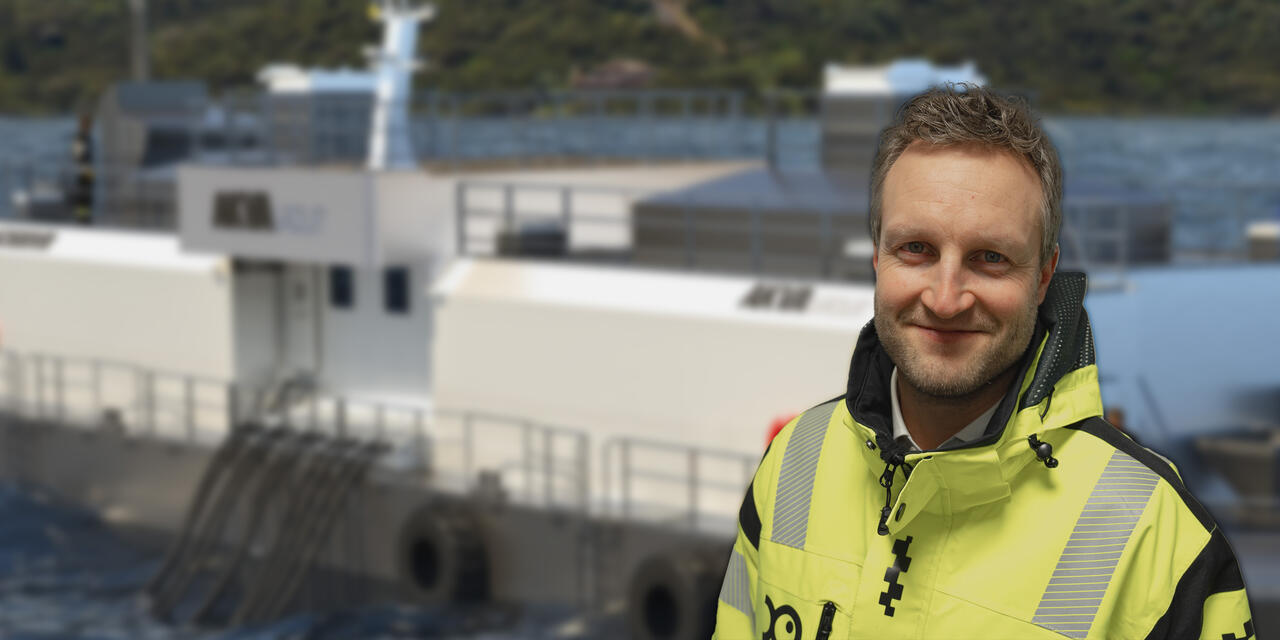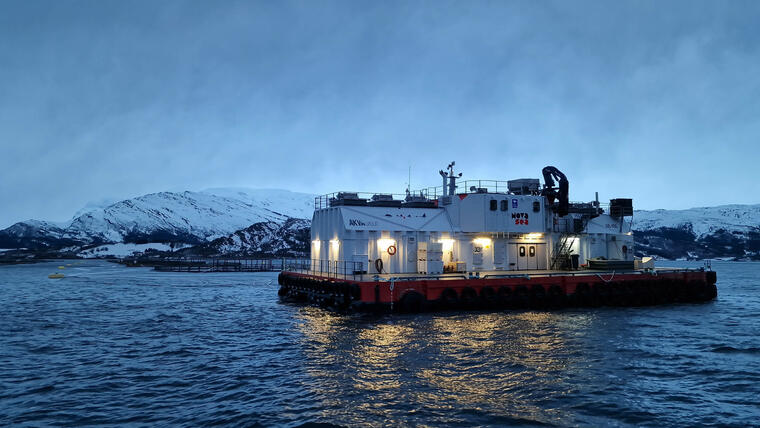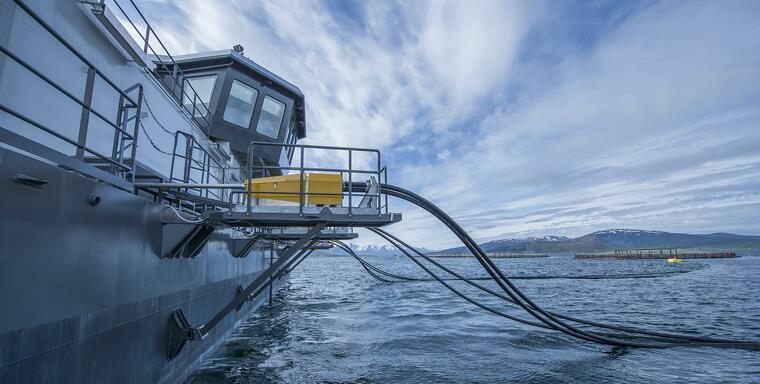
AKVA group has long experience in designing feed barges and is a leading player in the industry. What does it take to succeed, and what are farmers concerned with today?
AKVA group has sold over 450 feed barges worldwide, from simple and small to large, complex feed barges that are designed for the crew to live comfortably on the barge for a longer period of time. COO Kristian Botnen in AKVA group says that there is a lot to take into account when AKVA group designs and develops feed barges.
The design of feed barges is a complex process that requires an in-depth understanding of local conditions. AKVA group is one of the world's leading manufacturers of equipment for aquaculture. We find that the farmers place great emphasis on feed barges that are efficient, sustainable and in line with digital development.

AKVA group's Kristian Botnen has extensive experience in aquaculture. Photo: AKVA group.
Durable and tailor-made feed barges
One of the most important things when designing feed barges is to ensure that they are adapted to the demanding weather conditions along the coast. It is important to choose materials of good quality and to ensure that the barges are built to withstand the loads they are exposed to.
“We make feed barges that will last. By using the right materials and thorough surface treatment, we ensure that the barge will have a long life.”
The feed barges must meet the requirements for different ways of farming, whether it is farming salmon in Norway or sea bass in the Mediterranean. AKVA group makes it possible to tailor the feed barges to perfect the operation.

Feed barge which is supplied by AKVA group. Photo: AKVA group.
All feed barges can be delivered fully equipped with AKVA group's feeding systems, generator, hybrid packages, control room, living room, safety equipment, and relevant additional equipment, such as integrated handling systems for dead fish and ensilage. Read more here.
Good digital solutions
Digital solutions from AKVA group make the operation of feed barges more efficient. Using advanced technology, tasks such as monitoring and controlling feed distribution, tracking barge performance and optimizing production in real-time can improve overall productivity and reduce costs. By automating manual processes and providing real-time data, digital solutions enable farmers to make good decisions, improve operations, growth and profitability.
AKVA group's feed barges can be set up with optimized feeding with their industry-leading self-learning feeding program, AKVA observe fully automated operational control via AKVA connect and AKVA group's "ERP system" AKVA fishtalk.
“AKVA group are pioneers in technology development. We are constantly working to develop good digital solutions to simplify the farmers' everyday life.”

AKVA group currently delivers two different types of feeding systems, which are based on airborne or waterborne transport of pellets. Photo: AKVA group.
Reduces the environmental impact
AKVA group attaches great importance to delivering products that reduce the environmental impact, for example by using hybrid systems, preferably in combination with waterborne feeding.
“The feed barges are equipped with technology that helps to reduce feed waste and increase efficiency. This reduces the impact on the environment and makes production more sustainable. AKVA group develops technology such as waterborne feeding and airborne feeding, which can be delivered conventionally or as our leading concept for flexible feeding.”
AKVA group's feed barges are market leaders in terms of technology, performance and quality, and of course in line with the requirements set by authorities and the farming industry. AKVA group is continuously working on further development, and in tomorrow's feed barge, the environmental footprint will be even better, both in terms of production and operation.
